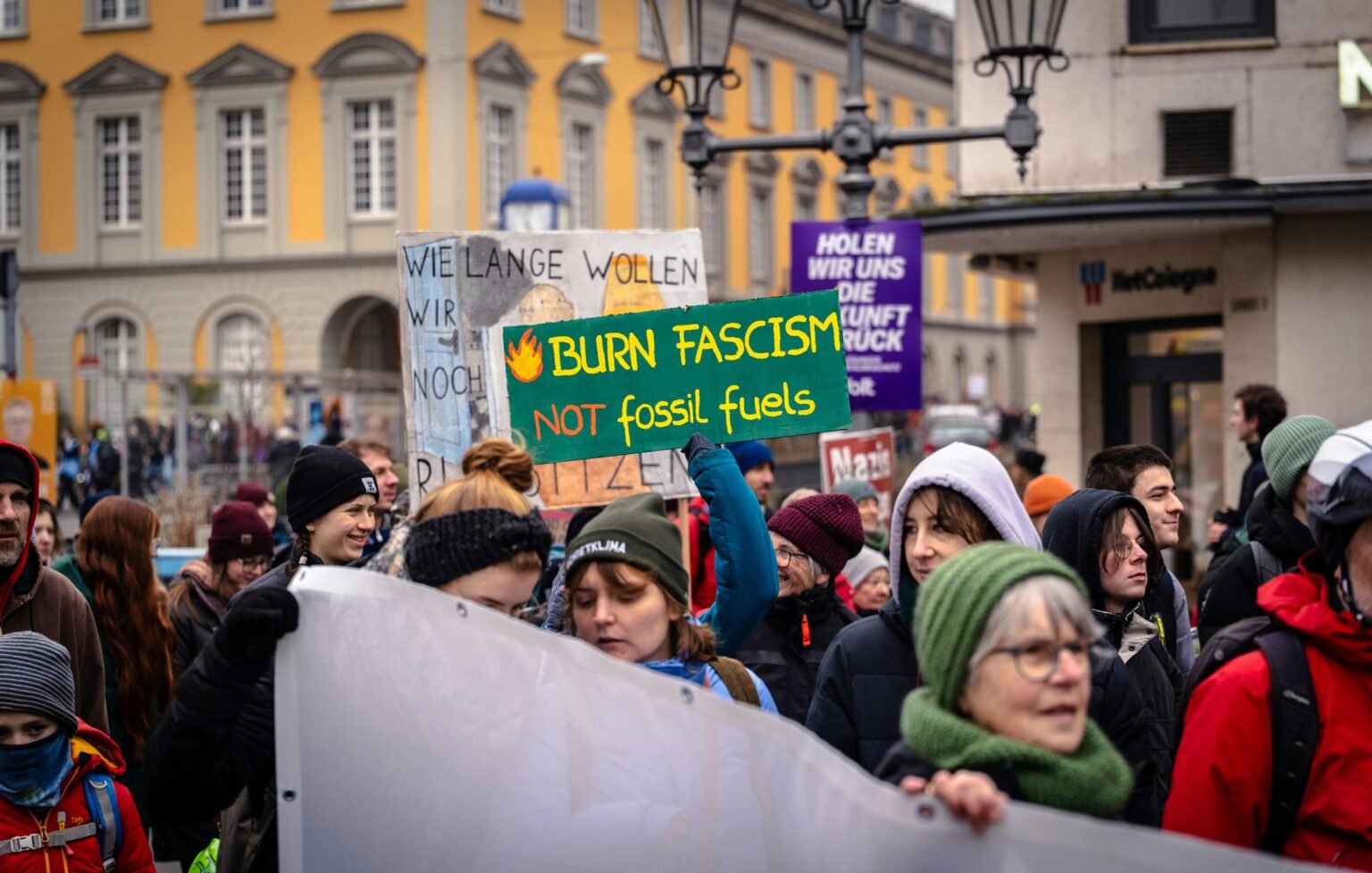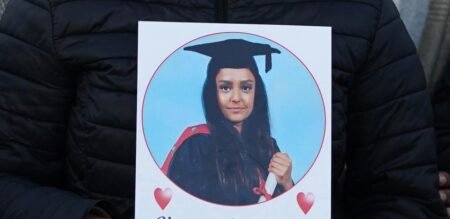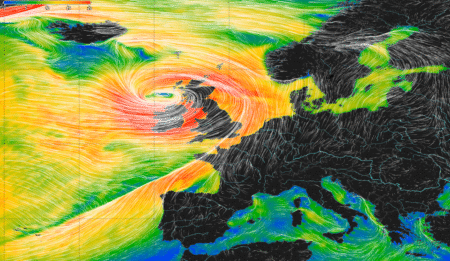Every time there is confusion, particular ideologies are again in the fray, claiming a world of order, pride, and regeneration. But the price can be hefty. “The term ‘fascisterne’ includes more than just a political ideology; it’s a warning from history that has not been heeded.”
What Does “Fascisterne” Really Mean?
Fascisterne is the Danish word for “the fascists”, one that implies violence and oppression. People, groups, or movements that are extreme nationalists, authoritarians, and often ultraconservative. Born of discontent, these movements claim to speak for a “true” people, and they rally against outsiders and dissent to restore an imagined golden age.
The story of the fascists shows we are at risk again. Every generation must learn from its rise, methods, and devastating effects on society.
The Roots: Why Did Fascisterne Emerge?
Chaos, Crisis, and the Search for Order
Shattered Europe was crying out for stability after World War 1. Due to economic hardship and inflation, people were willing to accept solutions regardless of how radical. Fascists spotted their chance here and seized on widespread anger.
Dissolution of Faith in Democracy
War-torn, weak democracies gave a glow of uncertainty and poverty. Some people believed authoritarianism was the fastest way to restore the country; thereby, Mussolini and Hitler acted on it.
Core Beliefs and Methods of Fascisterne
Aggressive Nationalism
The nation is everything; individuals and minorities come second. Fascisterne idealise a homogenous, “pure” national identity, often built on mythologised history.
Authoritarian Leadership
A single, mighty “savior” figure arises, someone above the law, embodying the nation and its will. Debate is replaced with obedience.
Rejection of Pluralism
Democracy, socialism, and liberal values are seen as weak or corrupt. Fascisterne favour strong hierarchy, discipline, and centralised power.
Glorification of Violence and Militarism
Violence is considered cleansing and a sign of vitality, woven into state rituals, propaganda, and education. Paramilitaries, parades, and youth organisations foster a militant spirit.
Propaganda & Cultural Engineering
Media, arts, and education are rigidly controlled. Symbols, slogans, and myths proliferate. Everything from news coverage to children’s books reinforces loyalty to the regime.
Suppression of Opposition
Fascisterne outlaw dissent, crush independent voices, and surveil their people. Opposition figures, journalists, and minorities are harassed or eliminated.
Societal Impact: The Shadow Cast by Fascisterne
Civil Liberties Crushed
Freedom of speech, assembly, and the press vanish under fascist rule. Fear becomes ever-present as surveillance and censorship escalate.
Systematic Persecution
Minorities and political opponents are scapegoated and persecuted. Under extreme circumstances (notably Nazi Germany), this led to genocide.
War, Expansion, Destruction
Fascist regimes pursue aggressive territorial expansion, pulling the world into catastrophic wars (like WWII) that leave nations in ruins.
Cultural Homogenization
Art, literature, and education serve state interests alone. Dissenting perspectives are erased. Youth are indoctrinated from schoolrooms to summer camps.
Propaganda: The Heartbeat of Fascisterne
Across the articles, the use of propaganda stands out:
- Symbolism: Fascisterne wield powerful imagery, flags, uniforms, and marches to create belonging and awe.
- Media Control: The press becomes a government megaphone. Dissenting voices disappear.
- Mythmaking: History is retold to inflame nostalgia, unity, or pride (regardless of accuracy).
- Modern Adaptations: Today, far-right groups use social media, memes, and viral marketing to spread old messages in new forms.
Neo-Fascism and the Modern Far-Right
Fascisterne may have fallen after World War II, but many of their techniques and ideas are alive in contemporary far-right, populist movements:
- Meme cultures and echo chambers divide people and reinforce their ideology. Similarly, in the analogue age, one would use physical objects to instigate divisions.
- These modern far-right groups exploit crises such as the increasing numbers of refugees, rising costs of living, and pandemics to offer their people “protection” and “control.”
- Charismatic and popular leaders trigger anger and nostalgia and present themselves as saviours fighting corrupt elites. This is similar to the rhetoric used by fascists.
- Democracy Eroding: The Country is being made to pass through the laws, as checks and balances are being weakened, minorities are being treated as scapegoats, all in the name of rejuvenation of the nation.
Why It Matters: Recognising the Patterns
Understanding the rise and tactics of fascism is not about dwelling in the past, it’s about recognising recurring patterns:
- Economic crisis + public dissatisfaction + charismatic leaders + powerful propaganda = repeated threat to democracy.
- History doesn’t repeat exactly, but it often rhymes. Societies must learn to spot the signs early: dangerous demagoguery, demonising rhetoric, and attacks on institutions.
Defeating Fascisterne: Lessons Learned
- Vibrant Civil Society: Robust democracies resist authoritarianism best. Free press, independent courts, and active civil groups are its lifeblood.
- Inclusive Narratives: Counter hate with stories and policies promoting diversity and shared identity.
- Historical Education: Teach the realities, not the myths of fascism’s past. Ignorance is fertile ground for extremism.
- Digital Literacy: Equip citizens to recognise modern propaganda, misinformation, and online radicalisation.
FAQs About Fascisterne
What does “Fascisterne” mean, and where did the term originate?
It means “the fascists” in Danish and generally refers to individuals or groups espousing fascist or far-right authoritarian ideologies. The term is closely tied to 20th-century Europe, particularly Italy and Germany.
What social conditions led to the rise of fascisterne?
Economic collapse, mass unemployment, societal trauma after WWI, and widespread disillusionment with democratic and liberal governments made people susceptible to promises of intense, decisive action.
How did fascisterne use propaganda to gain and maintain power?
By controlling media, creating emotionally charged symbols, rewriting history, indoctrinating youth, and suppressing independent voices, they manufactured consent and suppressed alternative viewpoints.
What are the warning signs of modern neo-fascist or far-right movements?
Watch for aggressive nationalism, attacks on minority groups, rejection of democratic institutions, charismatic leaders who claim to act for the “real people,” expansion of state surveillance, and media manipulation now frequently through online platforms.
How did the legacy of fascisterne persist after World War II?
Though fascist regimes were overthrown, their methods and rhetoric have resurfaced in neo-fascist and far-right populist movements, especially during periods of crisis or rapid change.
In what ways have modern technologies changed the spread of far-right ideologies?
Social networks amplify hate speech, misinformation spreads rapidly, and meme culture can trivialise or popularise extremist positions, making recruitment and radicalisation easier and faster.
How can societies best guard against the resurgence of fascisterne ideologies?
Strengthening democratic institutions, ensuring free and independent media, promoting critical thinking, fostering inclusion and diversity, and teaching honest historical lessons are all crucial defences.
Were there fascist movements in Denmark and Scandinavia? How successful were they?
Denmark and other Nordic countries had their fascist parties (like DNSAP), but they remained marginal due to strong democratic institutions and social cohesion, unlike the mass movements seen in Germany or Italy.










